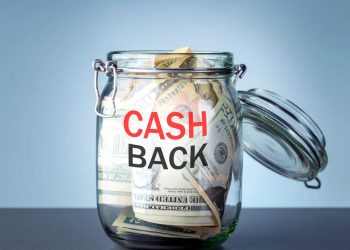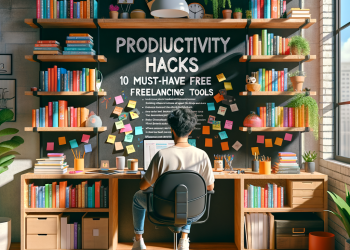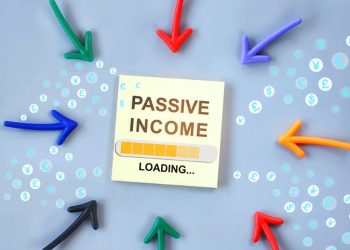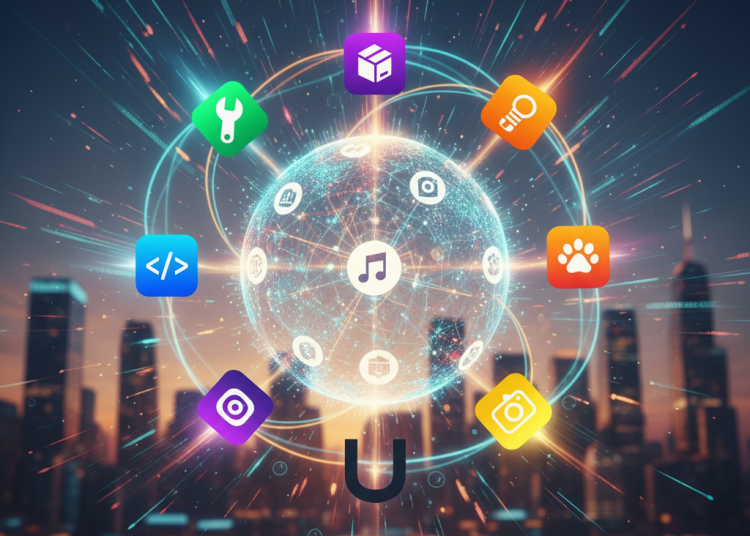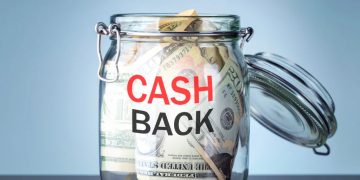Gig Apps: 7 Must-Have Underrated Gems Paying More Than Uber
In the expanding gig economy, finding reliable gig apps that offer better pay than big names like Uber can be a game changer for many freelancers and side hustlers. While Uber remains a popular choice for ride-sharing gigs, numerous other platforms offer competitive or even superior earnings, often with less competition and more flexibility. If you’re looking to diversify your income streams or simply want to discover underrated gig apps that pay more than Uber, this guide will walk you through seven must-have alternatives worth considering.
Understanding the Gig Economy and Why Gig Apps Matter
The gig economy has revolutionized how people work by providing unprecedented freedom and flexibility. Gig apps connect workers to short-term jobs—ranging from ridesharing and food delivery to pet care and household tasks—allowing everyone to monetize their time and skills efficiently. With millions participating worldwide, the gig economy is not just a stopgap for some;, it’s a primary source of income for many.
While Uber dominates the ride-sharing sector, it’s also notorious for fluctuating pay and intense competition. By exploring other gig apps, workers can tap into niches where the demand is high, and the pay is better, sometimes significantly so.
1. DoorDash – More Than Just Food Delivery
DoorDash has grown dramatically in popularity but often flies under the radar compared to Uber Eats. It offers pay that depends on delivery distance, time, and tips, and consistently, many Dashers report earning more per hour than Uber drivers. DoorDash also frequently features peak pay bonuses and challenges, boosting overall earnings. Whether you prefer delivering by car, bike, or scooter, DoorDash’s user-friendly interface and large customer base make it an excellent gig app choice.
2. TaskRabbit – Earn More Doing Simple, Real-World Tasks
Unlike typical ride or food delivery apps, TaskRabbit connects you with people who need help with errands, moving, cleaning, furniture assembly, and more. The pay rates tend to be higher because these tasks often require specific skills or labor. For professionals with handy skills or strength, this app can bring in more steady income with less tile crunching and waiting for ride requests.
3. Fiverr – Freelance Skills in a Digital Gig Economy
If your talents lie in writing, graphic design, digital marketing, or programming, Fiverr is a gig app that pays well beyond traditional ride-sharing apps. As a marketplace for creative and digital services, Fiverr allows you to set your rates and scale your services. Unlike the unpredictable nature of ride gigs, selling digital services through Fiverr can lead to steady clients and recurring projects.
4. Instacart – Shopping and Delivery That Pays Well
Instacart offers gig workers opportunities to shop and deliver groceries. Due to increased demand for grocery delivery services, especially in urban areas, many shoppers and drivers report earning higher hourly wages than Uber drivers. Instacart also offers tips and allows workers to combine shopping and delivery roles, maximizing earnings while maintaining flexibility.
5. Grubhub – Another Food Delivery App with Competitive Pay
Grubhub is less popular than Uber Eats but has a loyal customer base and often features incentives such as peak pay boosts and bonuses. Drivers using Grubhub generally experience less saturation and can pick up multiple deliveries at once, optimizing their time. This app’s straightforward interface and consistent orders make it a strong alternative in the gig economy arsenal.
6. Rover – Turn Your Love for Pets Into a Lucrative Gig
For animal lovers, Rover allows you to offer pet-sitting, dog walking, and boarding services. The pay can be surprisingly lucrative, especially in metropolitan areas where pet care demand is high. Since this gig app taps into a niche market, competition is lower than ride-sharing, and the work can be highly enjoyable and rewarding.
7. Postmates – More Variety, More Earnings
Now a part of Uber Eats but operating as a distinct platform in many locations, Postmates specializes in on-demand delivery—not just food, but groceries, alcohol, and even convenience store items. This diversity can translate into higher overall profits, especially during peak times or special events. Its flexible schedule and varied delivery options make it a strong contender for gig workers seeking better pay.
Tips to Maximize Your Earnings with Gig Apps
Maximizing income in the gig economy means smartly managing your time and selecting the right app for your location and skills. Here are some tips:
– Compare Surge Times: Pay attention to peak hours and special bonuses across multiple apps.
– Multi-App Strategy: Don’t rely on one app; sign up for a few to switch between gigs or stack earnings.
– Optimize Customer Service: High ratings often yield better tips and priority access.
– Track Expenses: Keep tabs on mileage, gas, and other costs to truly understand net earnings.
Conclusion
The gig economy offers diverse opportunities beyond Uber, with numerous gig apps providing underrated but lucrative earning potential. From food and grocery delivery apps like DoorDash and Instacart to niche services like TaskRabbit and Rover, there’s a platform suited to almost every skill set and preference. By exploring these alternatives, gig workers can find higher pay, less competition, and greater flexibility—a true win-win in today’s economy. If you’re ready to boost your income and diversify your gigs, these seven underrated gig apps are a perfect place to start.



